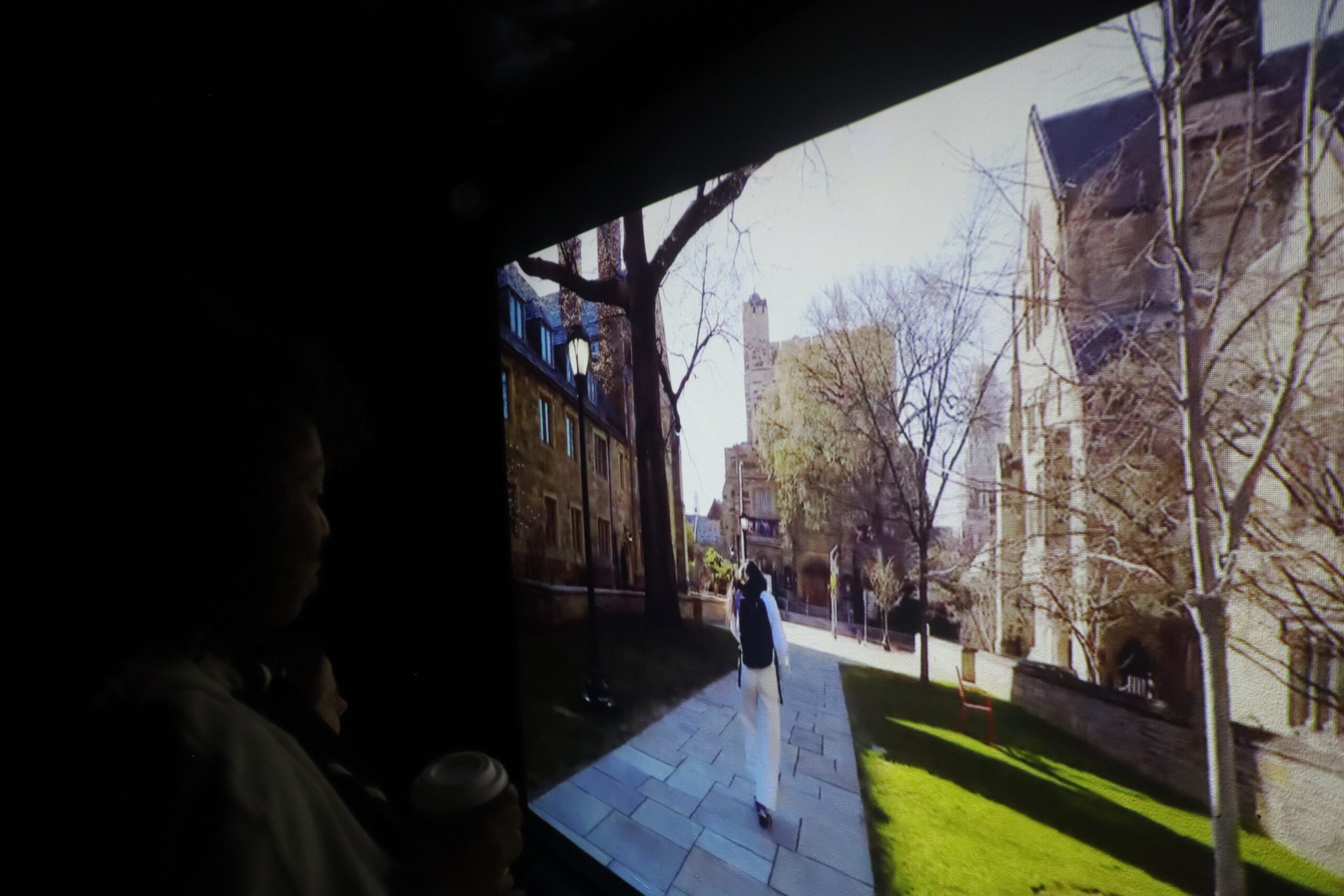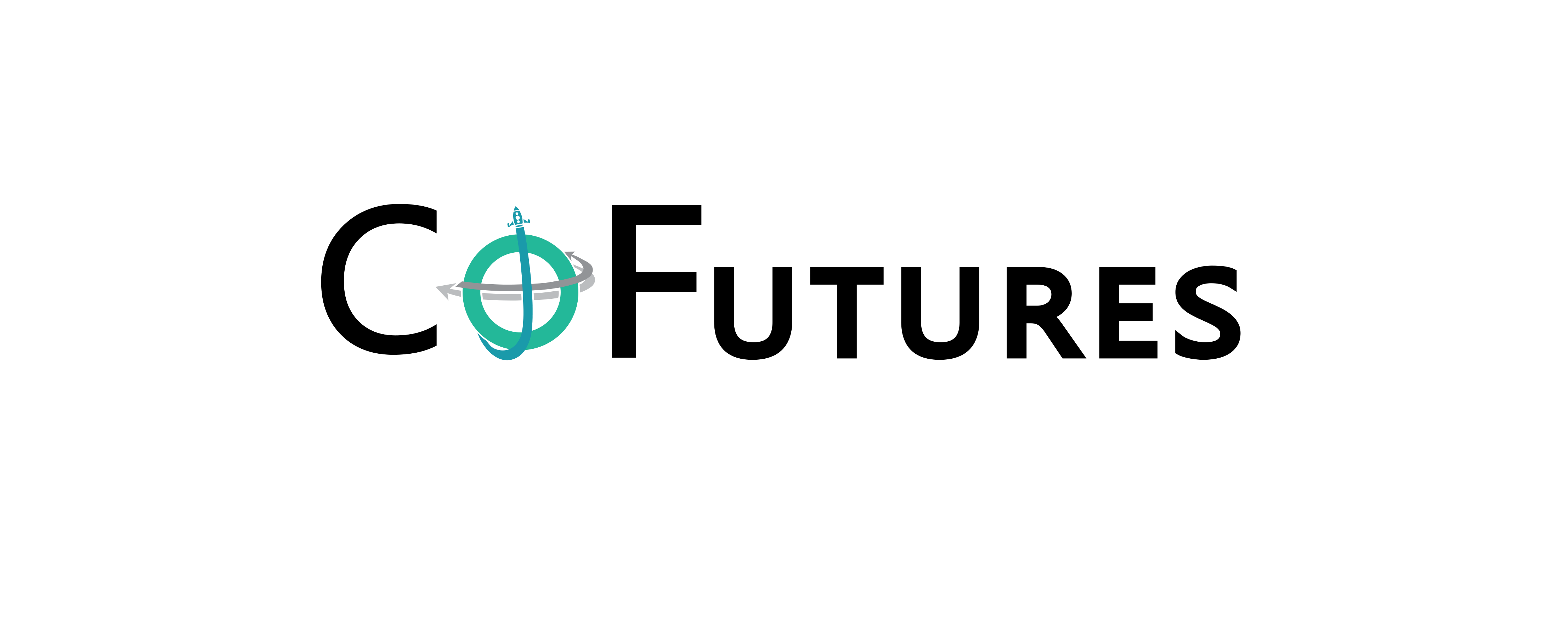REALITY++
2050
In a world where the boundaries between the virtual and physical world are barely recognisable anymore, people live their lives jumping between the two without discernible effort. While the virtual world breaks barriers in terms of access to education, to universities across the globe and connects you to other people wherever they are, the physical world has condensed itself to smaller localities. In order to keep life in the physical world meaningful people in the year 2050 earn digital time by strengthening their bonds with their neighbours, by growing food and contributing to their local communities.
You are entering a small room in a normal household where you will get to know your potential personal assistant AI that will navigate you through the vast space of the virtual world, while at the same time keeping a track of your contribution to the local community.
The process behind REALITY++
Workshop 1, autumn 2021
The idea behind Reality++ came about through four evening workshops at the Intercultural Museum in October and November 2021. The participants took as their starting point the idea that Virtual Reality will shape people’s everyday lives in the future. What will then remain of life in the real world (“Real Reality”), and how can one create a balance of life between the two worlds?
Participants: Hashim Mayow, Helene Gallis, Sumaya Isse
In this scenario, the workshop participants have not been involved in the creation of the installation. The designers and the choreographers have developed the ideas from Workshop 1 further on their own, independently of each other.
Designers: Ingerid Frang and Johanna Karlsson
Choreography and dance: Mathilde Caeyers and Vega Drake, Panta Rei Dance Theatre
Challenge questions
by CoFuturesWe are outsourcing our brains, constantly. All our tools, whether pen and paper, to our spreadsheets and our digital assistants, are ways in which we outsource our wetware, its memory and processing, to other media. This brings us unique opportunities and challenges: things that were once done by a human brain can now be done much more efficiently and reliably by machines, but this also brings in questions of human autonomy and capability. Yet machines by themselves are hardly a threat: it is what we do with them that matters.
One of the most exciting – or depending on perspective, disturbing – is the possibility of creating living avatars after a person’s death based on their digital footprint and other data that they created during their life. If human beings are a composite of their memories and actions, then creating a digital avatar, powered by machine learning models, and eventually AI, will allow them to exist past their death and even grow further. The twin of this possibility would be the AI digital assistant, the one that knows everything about you, and
can thus do your tasks for you. The only thing that machines might lack is qualia: the subjective aspect of sensory data, that humans and living beings possess.
In Reality++, we are introduced to the possibility of such a digital assistant, one that can recreate your favorite beach for you virtually, and even take you there with its sounds and smells. Accepting Reality++ might mean that you never have access to that beach physically again. If you could not distinguish between reality and reality++, would you accept it?
